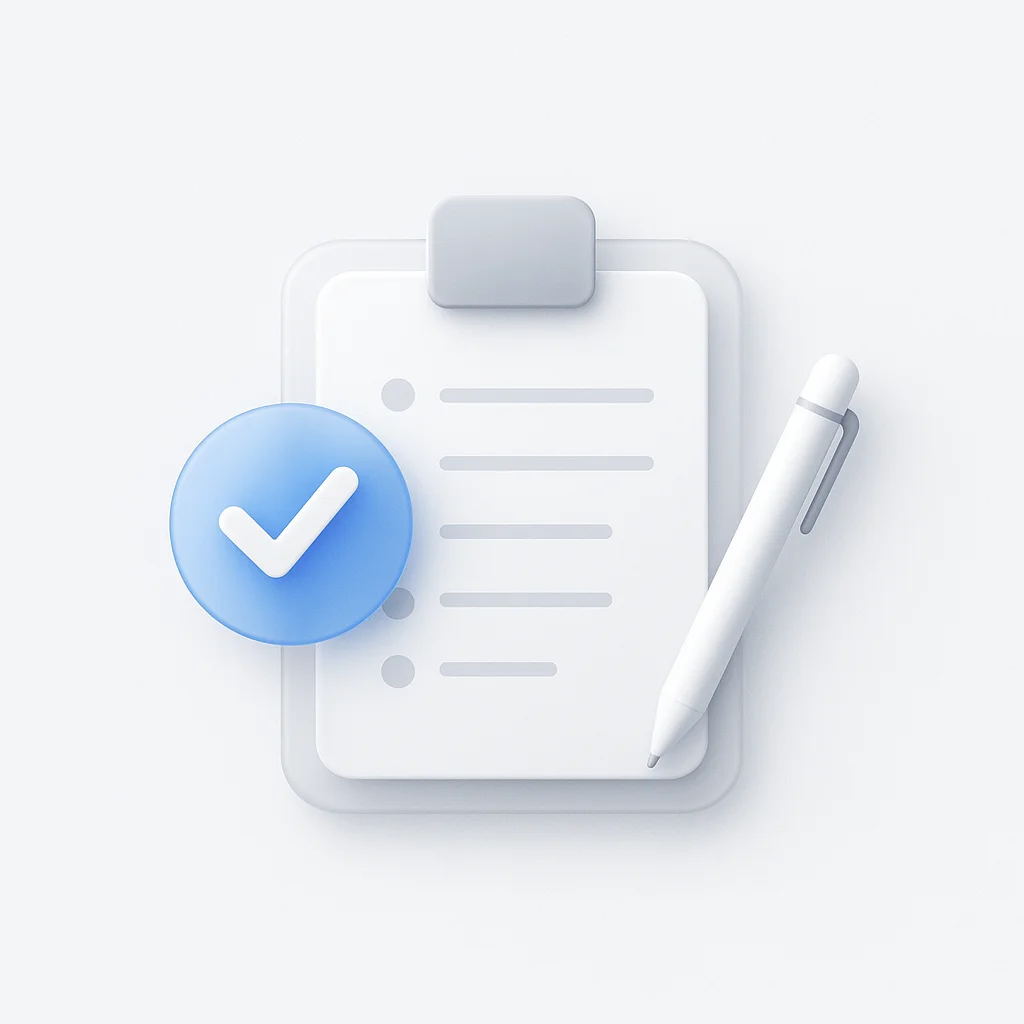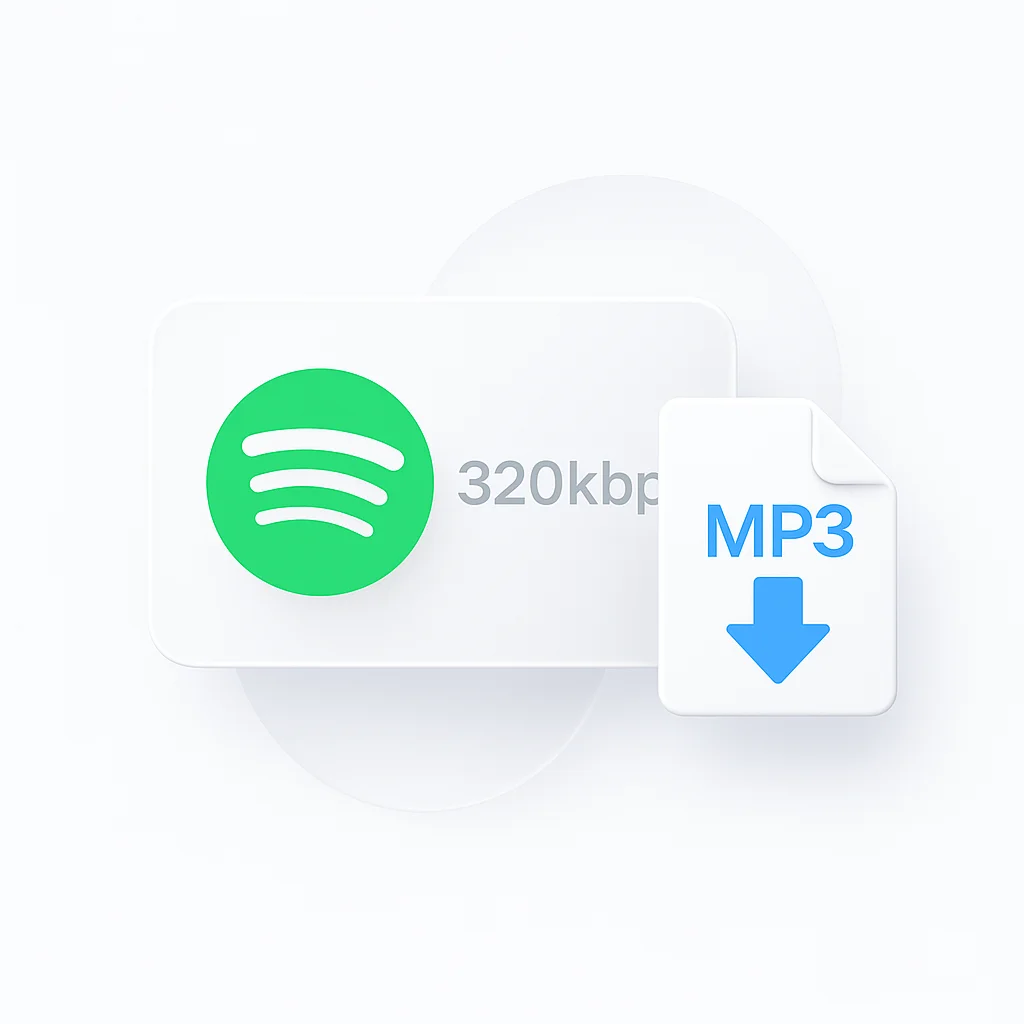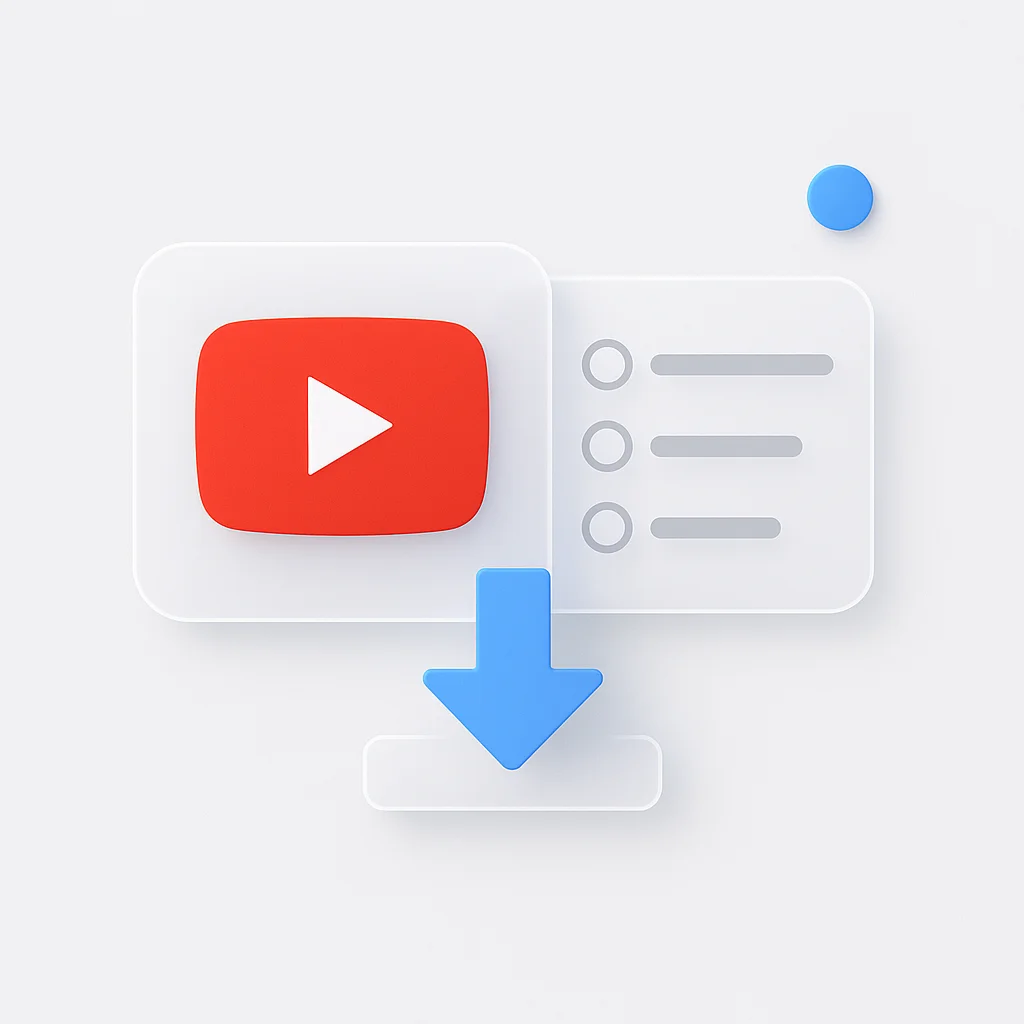会議を終えて、何も達成されなかったように感じていませんか?2025年に効果的な議事録を作成する方法についての、この確実なガイドで、会議の経験を革新する準備をしましょう。ランダムなメモを書き留める日々にお別れを告げ、すべての重要な詳細が確実に記録され、アクションアイテムが確実に実行される、合理化されたプロセスにこんにちは。あなたがベテランのプロフェッショナルであっても、キャリアを始めたばかりであっても、これらのヒントとコツを使えば、すぐにプロのように議事録を作成できるようになります。
はじめに
会議はあらゆる組織の生命線です。アイデアが開花し、意思決定が行われ、計画が実行に移されます。しかし、会議の有効性は、会議中に何が起こるかだけではありません。その後の結果も同様に重要です。ここで議事録が登場します。会議の書面による記録として、議事録は組織の記憶にとって重要なツールとなり、何が議論されたか、誰が何を言ったか、そして次にどのような行動を取る必要があるかのスナップショットを提供します。
長年にわたり、議事録作成の技術と科学は、大きな変革を遂げ、より合理化され、効率的になり、デジタル時代に適応してきました。2025年を迎えるにあたり、議事録作成の分野で新たなトレンドが生まれています。これまで以上に、議事録の自動化、デジタル化、包括性への移行を反映しており、議事録作成をよりユーザーフレンドリーで包括的にするツールが設計されています。この記事では、2025年現在の最新の情報に焦点を当てて、会議の議事録を作成するプロセスを説明します。
スキルをアップデートしようとしているベテランのプロフェッショナルであろうと、議事録作成の旅に乗り出したばかりの初心者であろうと、このガイドは、今日のダイナミックでペースの速い職場環境で効果的な議事録を作成するための不可欠なツールとテクニックを提供します。
議事録を理解する
議事録の定義
議事録は「会議の議事録」とも呼ばれ、会議中に発生した重要な事柄のすべてを記録したものです。これには、正式な企業の取締役会から、カジュアルなチームのブレインストーミングセッションまで、さまざまなものが含まれます。議事録には通常、日付、時間、場所、出席者リスト、重要な議論のポイント、決定事項、割り当てられたアクションアイテム、および締め切りなどの詳細が含まれます。
組織コミュニケーションにおける議事録の役割と重要性
組織コミュニケーションにおいて、議事録は極めて重要な役割を果たします。議事録は、行われた決定や行動の公式記録として機能し、コミュニケーションの誤りを減らし、全員が同じ認識を持つようにします。会議に出席した人にとっては参考資料となり、欠席した人にとっては貴重な背景情報となります。さらに、議事録は、タスクやプロジェクトの進捗状況を長期的に追跡し、個人の責任を明確にし、経営陣がチームのパフォーマンスを評価するのに役立ちます。
効率的な会議プロセスを理解することは、組織コミュニケーション構造の強化に直接つながります。議事録が重要な開発のスナップショットを提供するのと同じように、イントラネットソリューションプロバイダーが提供するプラットフォームは、社内の接続性とデータ共有にとって不可欠なエコシステムとして機能します。これらのソリューションは、会議ツールが現在のデジタルトレンドに適応しているのと同じように、企業内のすべての階層にわたってリアルタイムで情報にアクセスできるようにします。
議事録作成者の役割
効果的な議事録作成者の責任とスキル
議事録作成者は、会議の書記として、会議の本質を捉えるという重要な責任を担っています。職務には通常、会議の議題を理解して事前に準備し、会議中に積極的に聞き、メモを取り、これらのメモを後で整理されたドキュメントに書き起こすことが含まれます。
効果的な議事録作成者は、積極的な傾聴、迅速かつ正確なメモ取り、ビジネス言語の優れた理解、細部への注意、慎重さ、情報を要約する能力など、さまざまなスキルを持っています。デジタルツールやソフトウェアの使用に習熟していることも、今日のデジタル時代においてますます重要なスキルとなっています。
デジタルツールとリモート会議の普及に伴う議事録作成者の役割の変化
デジタルツールの普及とリモートワークへの移行は、議事録作成者の役割を大きく変えました。最新のツールとソフトウェアは、メモを取ったり、情報を整理したり、音声をリアルタイムでテキストに書き起こしたりするのに役立ち、議事録作成者は手作業でのメモ取りに費やす時間を減らし、議論を理解することに集中できるようになりました。
一方、リモート会議は新たな課題と機会をもたらしました。議事録作成者は、デジタルインタラクションの管理と記録、さまざまなタイムゾーンへの対応、および仮想環境であってもすべての声が確実に聞き取られ、記録されるようにする必要があります。
議事録作成の準備
会議前の準備
十分な準備をすることは、効果的な議事録作成への第一歩です。
- 議題の理解: 会議の議題を明確に理解することが重要です。議題は会議のロードマップとして機能し、議論をガイドし、議事録作成者が議事録を予測して整理するのに役立ちます。会議の主催者または議長に、議題の不明な点を明確にするように依頼することを検討してください。
- 出席者の把握: 誰が会議に出席するのか、そして組織内での彼らの役割を知ることで、議論を理解しやすくなり、発言や決定を正確に特定しやすくなります。
- 必要なツールの設定: 最後に、会議が始まる前に、すべてのツールが準備できていることを確認します。これには、メモ帳、ペン、ラップトップ、録音デバイス(許可されている場合)、および特定の議事録作成ソフトウェアが含まれます。
形式の選択: 従来型 vs. デジタル型
議事録の形式は、従来型またはデジタル型のいずれかを選択でき、それぞれに利点があります。
- 従来型: 従来型の形式では、通常、ペンと紙を使用するか、ワープロで入力します。シンプルで、特別なツールは必要なく、書くことが情報を保持するのに役立つと感じる人に好まれる可能性があります。
- デジタル型: 一方、デジタル議事録作成は、特にリモート会議やハイブリッド会議の増加に伴い、人気が高まっています。共同メモ取りアプリ、AI 支援のトランスクリプションサービス、会議管理ソフトウェアなどのツールを使用すると、議事録作成がより効率的になり、共有しやすくなります。これらのプラットフォームには、アクションアイテムトラッカー、検索可能なアーカイブ、およびその他の生産性ツールとの統合などの追加機能が付属していることがよくあります。
2025 年には、会議をリアルタイムで書き起こし、主要なポイントを自動的に強調表示し、議論に基づいてタスクを割り当てることができるスマート会議プラットフォームへの傾向が高まっています。ただし、最終的な選択は、会議の性質、組織の好み、および議事録作成者として何が最適かに左右されます。
会議中の議事録作成プロセス
積極的な傾聴とメモ取り戦略
効果的な議事録を作成するプロセスでは、積極的な傾聴が不可欠です。議事録作成者として、あなたは単に話されたことを書き起こしているだけではありません。議論を理解し、重要なポイントを特定し、不明確な点を明確にする必要があります。速記や記号を開発すると、メモ取りが速くなります。また、会議の議題をガイドとして使用し、会議の進行に合わせて各議題項目にメモを合わせることも役立ちます。
含める内容の決定: 把握すべき重要なポイント
議事録に含める内容を知ることは、時には難しい場合があります。ただし、いくつかの重要なポイントは常に記録する必要があります。
- 会議の詳細: 会議の日付、時間、場所、および出席者と欠席者のリスト。
- 議題項目: 会議中に議論された各議題項目と、対応する重要なポイント、決定事項、および割り当てられたアクションアイテム。
- 決定とアクション: 取られた詳細な決定と、誰が何を担当し、合意された締め切りを含む、割り当てられたアクションアイテム。
議事録は、会議の逐語的な書き起こしではないことを覚えておいてください。議事録は、下された決定と割り当てられたアクションの簡潔かつ正確な記録です。
効率的なメモ取りのためのデジタルツールの使用: 2025年の新機能
デジタルトランスフォーメーションの時代には、議事録の作成方法を再構築するさまざまな革新的なツールが登場しました。これらには、リアルタイムトランスクリプションサービス、AI搭載のメモ取りアプリ、および議事録作成者がより効率的に作業できる共同デジタルプラットフォームが含まれます。たとえば、2025年の最新ツールの中には、さまざまな話者を識別し、重要なポイントを自動的に強調表示し、会議の議論からアクションアイテムを作成できるAIテクノロジーを備えたものがあります。
さらに、リモートワークモデルとハイブリッドワークモデルの増加に伴い、これらのデジタルツールは、多くの場合、一般的なコミュニケーションプラットフォームおよびプロジェクト管理プラットフォームとの統合を提供し、共有とコラボレーションをシームレスにします。
これらのツールを調べて、自分のニーズに最適なものを選択すると、議事録の処理方法が劇的に変わり、退屈さが軽減され、生産性が向上します。
会議後: 議事録の最終決定と配布
明確さと正確さを期すための議事録の編集とレビュー
会議が終了しても、議事録作成者としてのあなたの仕事はまだ終わっていません。議事録を書き起こして最終決定する時が来ました。議論がまだ頭に残っているうちに、迅速にこれを行うことが重要です。
メモを見直し、速記を詳しく説明し、明確さと正確さを確認し、すべての決定、アクションアイテム、および割り当てられた責任が正確に記録されていることを確認します。文法的な誤りがないか確認し、議事録が読みやすく理解しやすいことを確認します。
出席者に議事録を配布するためのベストプラクティス
最終決定後、議事録をすべての出席者と、会議の結果を知らされるべきその他の関係者に配布します。配布方法と配布時期は、組織の文化によって異なりますが、一般的には、会議後 24 ~ 48 時間以内に議事録を送信することをお勧めします。
電子メールは議事録を配布する最も一般的な方法ですが、プロジェクト管理ツール、イントラネットポータル、または組織で使用しているものに応じて Google ドキュメントや Microsoft Teams などの共同プラットフォームを使用することもできます。
出席者が議事録を早く受け取るほど、決定されたタスクに早く取り組むことができることを忘れないでください。
将来の参照のために議事録を保存およびアーカイブする方法に関するヒント
議事録は、組織の決定と行動の公式記録として機能するため、保存することが重要です。安全で整理された方法で保管し、将来の参照のために簡単に検索できるようにする必要があります。
安全でバックアップされた場所にある専用のデジタルフォルダ、クラウドベースのドキュメント管理システム、または企業記録をアーカイブするための特定のツールを使用できます。アーカイブが検索可能であり、議事録が簡単に識別できるように名前が付けられているか、タグが付けられていることを確認してください。
2025 年には、より多くの組織がアーカイブにデジタルソリューションを使用するようになり、高度なレベルのセキュリティ、拡張性、およびアクセスの容易さを提供するクラウドストレージおよび管理システムを利用しています。
例とテンプレート
効果的な議事録の例の共有
効果的な議事録は、会議の種類とコンテキストによって異なります。それでも、会議の詳細、出席者、議題項目、決定、およびアクションアイテムなどの共通要素は常に存在する必要があります。例として、プロジェクト会議の議事録は次のようになります。
会議の詳細:
プロジェクト X 会議、2025 年 7 月 25 日、午前 10 時 00 分~午前 11 時 00 分、Zoom 経由
出席者: すべての出席者のリスト
議題項目 1:
- プロジェクトの最新情報 - John Smith
- プロジェクトの最新情報について話し合いました
- 決定: 計画どおりに続行
議題項目 2:
- 予算の見直し - Jane Doe
- 現在の予算を見直しました
- 決定: マーケティングに追加資金を割り当てる
- アクション: Jane Doe が資金の割り当てを監督する
次回の会議:
- 2025 年 7 月 30 日、午前 10 時 00 分、Zoom 経由
議事録作成に使用できるテンプレートに関する議論
さまざまなテンプレートを使用すると、議事録を効果的に構成できます。これらは、各セクションのヘッダーを含む Word ドキュメントと同じくらい単純なものから、議事録作成アプリの動的なフォームと同じくらい高度なものまであります。
2025 年には、多くのデジタルプラットフォームが、会議の種類と組織のニーズに応じてカスタマイズできる統合された議事録テンプレートを提供しています。これらは、単純なテキストベースのテンプレートから、出席者のタグ付け、アクションアイテムの設定、カレンダーやタスク管理ツールとの統合を容易にするテンプレートまで多岐にわたります。
議事録作成における一般的な課題の克服
潜在的な課題への対処とソリューションの提供
議事録作成は、いくつかの課題を提示する可能性のあるスキルです。一般的な問題の 1 つは、会議のペースについていくことの難しさです。解決策には、速記スキルを開発する、バックアップ用の録音デバイスを使用する、またはリアルタイムトランスクリプションツールを使用することが含まれます。
もう 1 つの課題は、重要度の低い詳細から重要なポイントを見分けることです。これには、積極的な傾聴、会議のコンテキストの確かな理解、および練習が必要です。議題と会議の目標に関する事前知識は、重要なポイントを特定するのに非常に役立ちます。
2025 年の効果的な議事録作成のためのヒントとコツ
結論として、2025 年の効果的な議事録作成のためのヒントとコツをいくつか紹介します。
- 整理整頓: 議題をガイドとして使用し、議論された項目にチェックを入れます。
- テクノロジーの活用: メモ取り、書き起こし、議事録の整理に役立つデジタルツールを活用します。
- レビューと修正: 配布前に、議事録の正確さと明確さを必ず確認してください。
- 継続的な学習: 議事録作成の新しいテクノロジーとトレンドを常に最新の状態に保ちます。
リモートワークが議事録作成に与える影響
リモート会議が議事録作成の慣行をどのように変えたか
リモートワークの台頭は、会議の実施方法と文書化の方法に大きな変化をもたらしました。リモート会議には、さまざまな場所、さらには異なるタイムゾーンからの参加者が参加することがよくあります。物理的な手がかりがないと、議事録作成プロセスが困難になる可能性があります。一方、デジタルツールを使用すると、議事録の記録、書き起こし、共有が簡単になりました。この変化はまた、すべての参加者が場所に関係なく最新情報を把握できるように、議事録を迅速に回覧するなど、より包括的な会議の慣行へのトレンドを引き起こしました。
リモート会議の議事録用に特別に設計されたツールとテクノロジー
リモートワークによってもたらされた変化に対応するために、多数のツールとテクノロジーが登場しました。これらには、録音およびトランスクリプションサービスが組み込まれたビデオ会議プラットフォーム、クラウドベースの共同メモ取りツール、さらには AI 支援の会議管理ツールが含まれます。これらのテクノロジーにより、議事録作成者は、議事録をキャプチャするためのロジスティクスではなく、議論の内容に集中できるようになります。
バーチャル環境で議事録を効果的にキャプチャするためのテクニック
課題はありますが、バーチャル環境で議事録を効果的にキャプチャするためのテクニックがあります。
- 会議の記録: 参加者の同意を得て、会議を記録すると、詳細がすべて記録され、後でより徹底的なレビューが可能になります。
- コラボレーションツールの使用: これにより、複数の人がドキュメントをリアルタイムで表示および編集できるようになり、透明性が向上し、共同で議事録を作成できます。
- フォローアップ: 会議後、参加者とすばやく下書きを共有して正確性を確認し、ドキュメントの高度なロジスティクスマネジメントを完了します。
議事録作成における法的および倫理的考慮事項
議事録の法的意義の理解
議事録は、特に取締役会および株主総会の場合、会社の決定の法的記録として機能する可能性があります。特定の種類の組織では法律で義務付けられている場合があり、特定の決定が下されたこと、または行動が取られたことを証明するために法廷で使用できます。したがって、議事録が会議の議事録を正確に反映することが重要です。
議事録作成におけるプライバシーと機密性の懸念
議事録を作成する際は、プライバシーと機密性に注意することが重要です。人事案件や機密のビジネス戦略などの機密情報は、適切かつ安全に記録する必要があります。これは、議事録の作成と配布に使用されるデジタルツールとプラットフォームにも当てはまります。組織のデータセキュリティポリシーに準拠していることを確認してください。
議事録の記録と共有における倫理的な慣行
議事録の記録と共有は、倫理的に行われなければなりません。すべての参加者は、議論が議事録に記録されることを通知され、必要に応じて議事録をレビューして修正することを許可される必要があります。議事録を共有する場合、特にデジタルで共有する場合は、承認された個人のみがアクセスできるように注意する必要があります。
議事録作成における AI と自動化の役割
AI が議事録の作成にどのように役立つか
人工知能 (AI) と自動化は、議事録作成に革命をもたらしています。AI 搭載ツールを使用すると、音声をリアルタイムでテキストに書き起こし、さまざまな話者を識別し、重要なポイントを強調表示し、会議の概要を作成することもできます。これにより、議事録の書き起こしと書式設定に費やす時間が大幅に短縮され、議事録作成者は議論の理解と統合に集中できるようになります。
自動議事録作成ソフトウェアを使用するメリットと課題
自動議事録作成ソフトウェアを使用すると、精度が向上し、時間を節約でき、議事録の配布がより効率的になります。また、過去の会議記録の簡単なアーカイブと検索も可能になります。ただし、課題もあります。たとえば、AI トランスクリプションは、専門用語やアクセントに苦労する可能性があり、あいまいな文やニュアンスを正しく解釈できない可能性があります。したがって、AI で生成された議事録の精度を確認することが重要です。
議事録作成における AI の使用に関するケーススタディまたは例
IBM や Microsoft などの企業は、会議用の AI に多額の投資を行っています。たとえば、Microsoft の Teams の AI トランスクリプションサービスは、会議をリアルタイムで書き起こすことができるため、議事録の作成が容易になります。同様に、Otter.ai や Fireflies.ai などのツールは、キーワードの強調表示やアクションアイテムの検出などの機能と組み合わせて高度な AI トランスクリプションを提供し、議事録作成プロセスを支援します。
さまざまな種類の会議の議事録作成
取締役会、チーム会議、1 対 1 などの議事録作成の違い
議事録作成プロセスは、会議の種類によって大きく異なる場合があります。
- 取締役会: これらは通常、行われた決定を記録する正式な議事録を必要とします。これらの議事録は、多くの場合、特定の法的構造に従い、公式の会社記録として保存する必要があります。
- チーム会議: これらはより非公式なものであり、議事録は議論、アイデア、決定、および割り当てられたタスクの記録として機能します。
- 1 対 1: これらの会議の議事録は通常簡潔で、主要な議論のポイント、合意されたアクション、およびフォローアップに焦点を当てています。
会議の種類に応じた議事録作成スタイルの調整
議事録のスタイルは、会議の性質と形式を反映する必要があります。取締役会は、三人称の正式な口調が必要な場合がありますが、チーム会議と 1 対 1 の会議は、より会話形式にすることができます。いずれの場合も、明確さと正確さが最も重要です。
各タイプの会議のベストプラクティス
会議の種類に関係なく、従うべきベストプラクティスがいくつかあります。
- 会議の目的の理解: これにより、キャプチャする必要がある情報を把握できます。
- 事前の準備: 議題、出席者、および背景情報をよく理解してください。
- 積極的に聞く: 理解を深めるために聞き、重要なポイント、決定、およびアクションアイテムを特定します。
- 迅速なレビューと配布: 議事録の正確さを確認し、できるだけ早く出席者に配布します。
議事録作成者のためのトレーニングと専門能力開発
議事録作成者向けの利用可能なコースまたは認定資格
議事録作成スキルを向上させたり、正式な資格を取得したりしようとしている人にとって、多くのリソースが利用可能です。Coursera、Udemy、LinkedIn Learning などのオンライン学習プラットフォームでは、効果的な議事録作成に関するコースを提供しています。正式な認定資格を求めている人には、米国管理専門家協会 (ASAP) などの組織が、議事録作成を主要なスキル領域として含む認定プログラムを提供しています。
継続的な学習と議事録作成のトレンドの最新情報の維持の価値
今日の急速に進化するビジネス環境では、継続的な学習が重要です。これは、デジタル会議とリモート会議への移行により、新しいテクノロジーとツールを理解する必要がある議事録作成者にとっては特に当てはまります。定期的にスキルを更新することで、効果と効率が向上し、組織にとって貴重な資産になります。議事録作成のトレンドの最新情報を常に把握することも、議事録が現在のベストプラクティスを反映するようにします。
この分野における専門能力開発の個人的な経験またはケーススタディ
テックスタートアップのエグゼクティブアシスタントであるジェーンの例を考えてみましょう。彼女は、会社全体がリモートワークに移行したことを受けて、議事録作成スキルを更新する必要があることを認識しました。ジェーンは、バーチャル会議の議事録作成に関するオンラインコースに登録し、さまざまなデジタルツールとリモート議事録作成のベストプラクティスについて学びました。また、新しいトレンドとテクノロジーの最新情報を把握するために、ウェビナーに参加し、業界ブログをフォローし始めました。その結果、議事録作成の質と効率を向上させることができ、専門能力開発への献身により会社賞を受賞しました。
結論
今日のペースの速いビジネス環境では、効果的な議事録作成がこれまで以上に重要になっています。この記事全体で説明したように、議事録は組織のコミュニケーションチェーンの重要なリンクとして機能し、重要な決定やアクションアイテムを文書化し、将来の議論の参考資料を提供します。
2025 年を迎えるにあたり、議事録作成の状況は進化し続けています。リモートワークの急増により、慣行が再構築され、デジタルツールが最前線に登場しました。AI と自動化が重要な役割を果たし、プロセスを簡素化し、議事録作成者が会議の内容に集中できるようになりました。
ただし、これらすべての技術的な進歩の中で、議事録作成の人的要素 (積極的な傾聴、識別、および会議のコンテキストの理解) はかけがえのないものです。テクノロジーを活用することと、これらの基本的なスキルを磨くこととの間で適切なバランスを取ることで、あなたは優れた議事録作成者になることができます。
議事録作成のスキルを効果的に習得するための道は、継続的な学習と適応の道です。法的および倫理的な考慮事項を理解したり、会議の種類に合わせて議事録作成スタイルを調整したり、最新のトレンドやツールを把握したりするなど、議事録作成スキルを向上させるために踏み出すすべてのステップは、会議の生産性を高めるためのステップとなります。
今後の会議で、この記事で説明した戦略、ツール、およびベストプラクティスを実装することをお勧めします。会議ごとに議事録作成スキルを練習および改善する新しい機会であることを忘れないでください。すべての瞬間を大切にしましょう!






